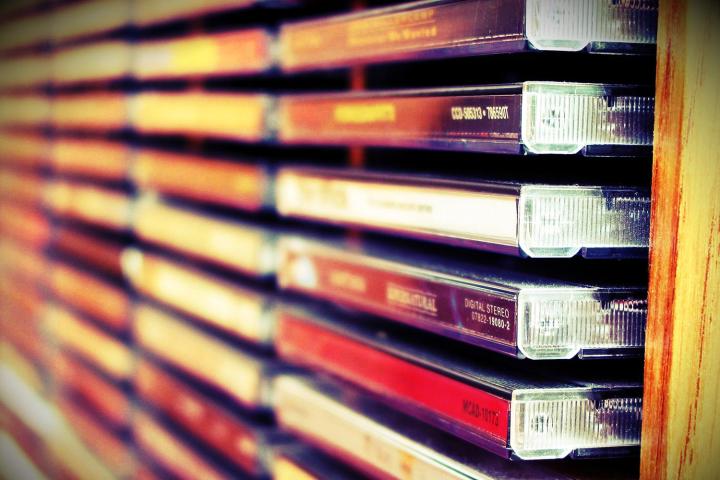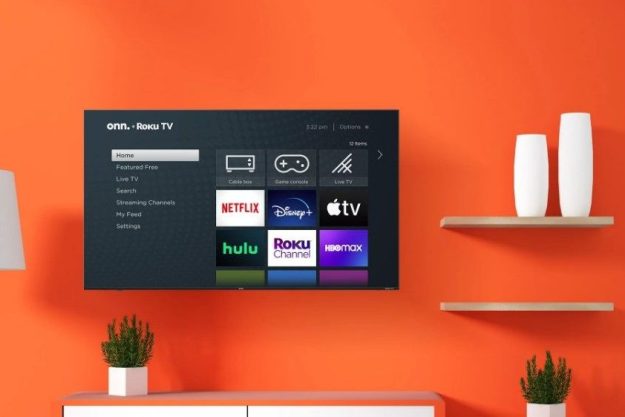
The International Federation of the Phonographic Industry, an organization representing 1,300 record labels in 45 different countries, announced the change from Tuesday to Friday in February. In order to acclimate the music consumer with this shift, the IFPI launched newmusicfridays.com. Hey, it’s a neat site, but it’s also a sign of the times: The end of the road is coming for the music CD. Here’s why.
The birth of New Music Tuesday
Tuesday became the default day for new music releases from record labels in April 1989, after a National Association of Recording Merchandisers (NARM) convention the month prior. Russ Bach was the newly appointed president of CEMA — formerly the distribution companies Capitol Records, EMI Records, Manhattan Records, and Angel Records — and he asked the industry executives to accept Tuesday as the default day instead of Monday.
His reasoning was simple: Monday is the first business day and thus record stores get shipments of CDs late that afternoon or evening, since you can’t ensure every store in America will get a shipment at the same time. People shouldn’t show up on Monday expecting a disc that hadn’t arrived. A month later, the music industry was releasing music on Tuesday.
Why the move to Friday?
The music industry is finally shedding the physical dead weight as it transitions into the digital age. According to a February op-ed by IFPI head Frances Moore, the switch to Friday is predicated on the belief consumers “want music when it’s available on the Internet — not when it’s ready to be released in their country.” He’s referring to the previous, fragmented global release schedule that saw some countries releasing new music on Monday, others on Tuesday, some on Friday. The newmusicfriday.com FAQ also states Friday is “the time of the greatest activity on social media,” another digital platform that has helped 1) unify the global marketplace, and 2) facilitate illegal file sharing.
Moore said Friday and Saturday were the days of the “highest levels of purchasing traffic online.” That belief has been proven in grandiose manners in the music industry over the past two years. Beyoncé and Drake both released new, iTunes-exclusive albums on Friday since 2013. Beyoncé’s self-titled album went on to sell a record breaking 617,000 downloads over the weekend. Similarly, Drake’s If You’re Reading This It’s Too Late sold 535,000 copies over the February 12 weekend, the highest such total in a three-day span since Beyoncé’s.
The CD grave
The Recording Industry of America Alliance (RIAA) reported that digital music revenues increased in 2014, while physical formats, including CDs, continued to decline “in both total shipment volume and value.” The numbers of CDs shipped has declined from 253 million in 2010 to 144 million in 2014, a slump of 43 percent. The year before Spotify came streaming onto American shores in July 2011, shipments had only decreased by 12.2 million. Since 2011, CD shipments have decreased by no less than 26 million per year. At this current rate, record labels will be shipping half the amount of albums they were just five years ago before the end of the year.
During the same time, streaming music has grown to overtake CDs in terms of revenue and has begun to cannibalize the digital market. In 2014, streaming services brought in $1.87 billion compared to the $1.85 billion accumulated from CD sales. Since Spotify’s U.S. debut, digital single downloads have decreased from 1.3 billion in 2011 to 1.2 billion in 2014. Digital single downloads had not seen a single yearly decrease prior to 2013. There are also fewer devices coming with built in optical disc drives. None of the major tablets have one, more computers are beginning to skip them, and nearly half of U.S. adults have an MP3 player.
A vinyl retirement home
There is an afterlife for antiquated technology, as evidenced by the resurgence of vinyl albums in the last five years. Since 2010, as CDs sales dropped to historic lows, vinyl sales have increased from 2.8 million in 2010 to an all-time record of 9.2 million in 2014. Actually, vinyl sales have broken the all-time sales record every consecutive year since 2008. One appeal of vinyl is the packaging, which can be collected like a work of art. Earlier this year, Jay Z teamed up with Jack White’s Third Man Records to release a limited edition 7-inch vinyl of his 2013 Magna Carta Holy Grail. The vinyl packaging included pages of black boxes you could scratch off to read lyrics, all the album artwork, and mirrored pages to show reverse-print.
CD packaging is a smaller version of vinyl, and there are still artists dedicating time to increasing its value through design. The Wu-Tang Clan released their last album, A Better Tomorrow, in a boomboox. Before that, Once Upon a Time in Shaolin came in a box that should be in a museum instead of someone’s home.
Of course, you can’t hang a song stream on a wall and can’t perfectly duplicate artwork in a .pdf file, so the very physical form that has rendered CDs obsolete may be its final saving grace. Then again, are you still carrying around that CD player?


